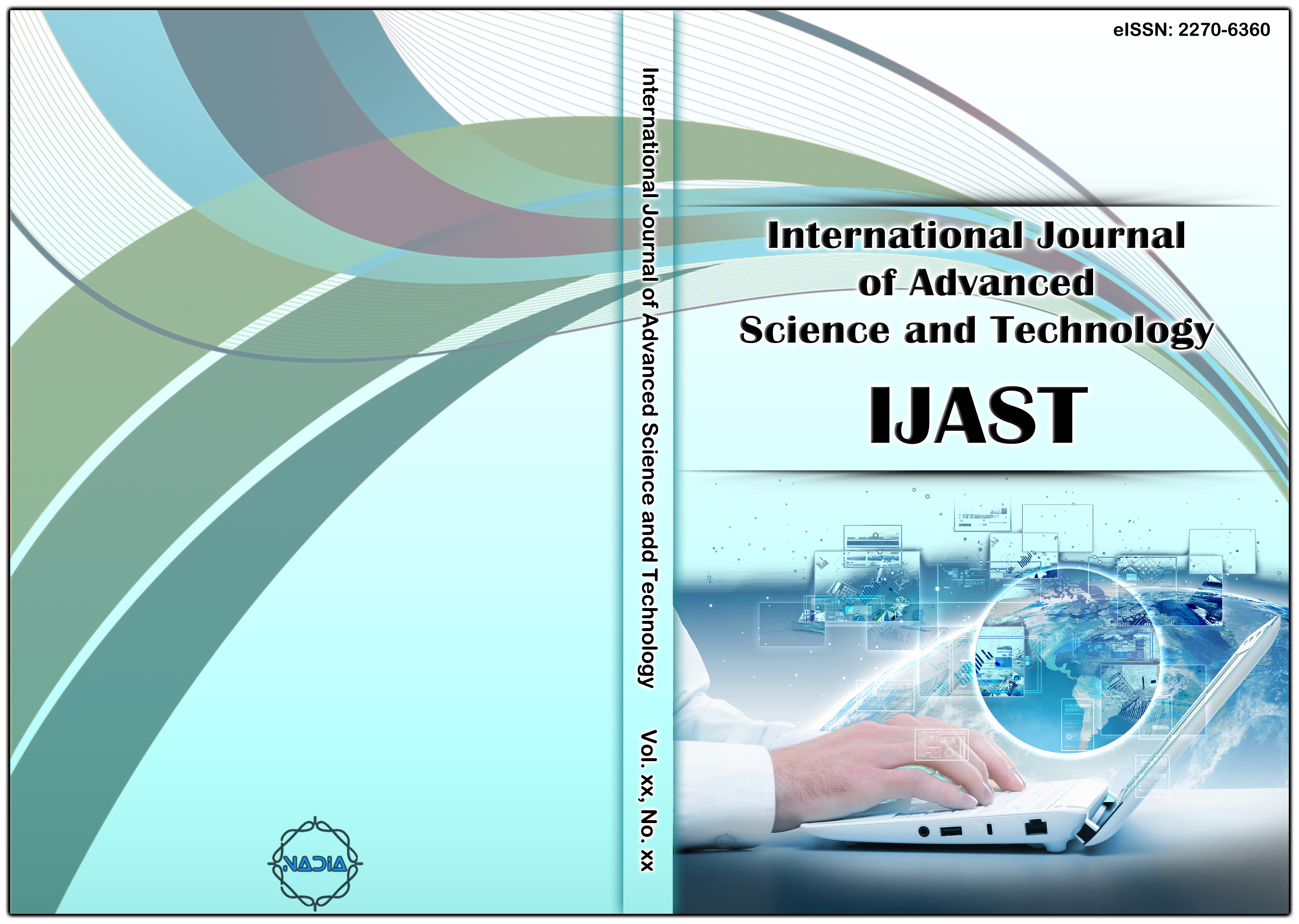[1] Asante, A., Edumadze, J. K. E. Obuobi, D. & Abbequaye, G. (2010).Management information systems II. Ghana, Accra: Mercury Press.
[2] Ball, L. D. & Harris, R. G. H. (1982). SMIS members: A membership analysis. MIS Quarterly, 6(1), 19-38.
[3] Dickson, G. W. Leitheiser, R. L., Wetherbe, J. C. & Nechis, M. (1984). Key information systems issues for the 1980s. MIS Quarterly, 8(3), 135-159.
[4] Eisenhauer, T. (2019). Intranets vs extranets – What is the difference? Retrieved from: www.axerosolutions.com.
[5] Laundon, K. C. & Laundon, J. P. (2018). Management information systems. (15th ed.). New York, NY:Pearson Education Inc.
[6] Luftman, J. & Kempaiah, R. (2008). Key issues for IT executives 2007. MIS Quarterly Executive, 7(2), 99-112.
[7] MacAfee, A. & Brynjolfssoin, E. (2008). Investing in the IT that makes a competitive difference. Harvard Business Review (July/August 2008).
[8] Martin, (2017). Management information systems (MIS): Definition and how it works. Retrieved from: www.cleverism.com.
[9] Niederman, F. & Brancheu, J. C. & Wetherbe, J. C. (1991). Information systems management issues for the 1990s. MIS Quarterly, 15(4), 475-500.
[10] Obuobi, D., Edumadze, J. K. E., Asante, A. & Abbequaye, G. (2004). Management information systems I. Ghana, Cape Coast: University Press.
[11] Palvia, P. C., Rajagopalan, B., Kumar, A. & Kumar, N. (1996). Key information systems issues: An analysis of MIS publications. Information Processing and Management, 32(3), 345-355.
[12] Porter, M. E. & Millar, V. E. (1985). How information gives you competitive advantage. Harvard Business Review, 63(4), 149-160.
[13] Wen-Lung, S. (2015). Management information systems issues: Co-citation analysis of journal articles. International Journal of Electronic Commerce Studies, 6(1), 145-162.
